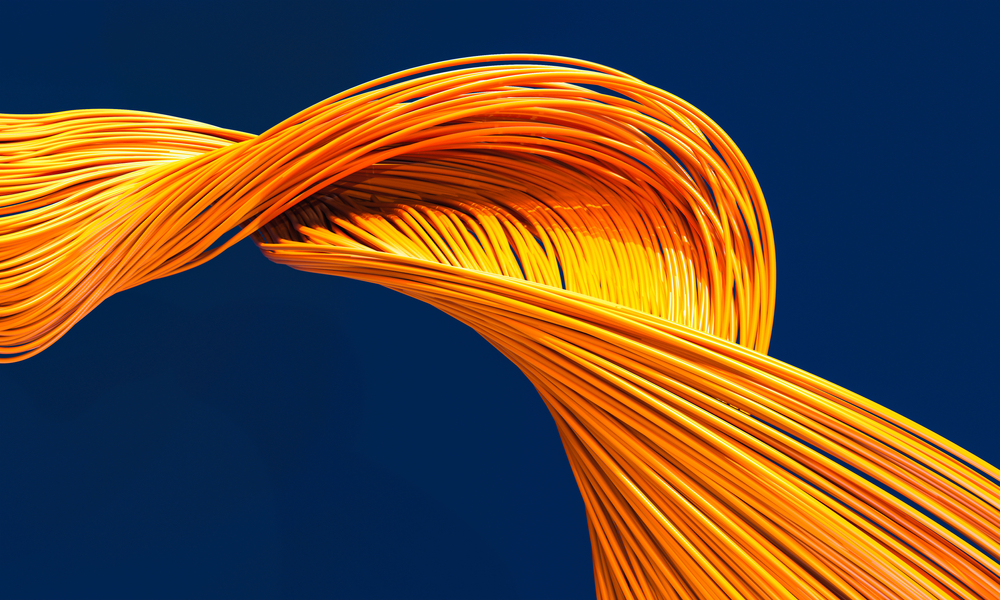Fiber optic cabling and Ethernet are both widely used methods of transmitting data, but they differ in several ways, including speed, distance, and cost. The choice between fiber optic cabling and Ethernet depends on the specific needs and requirements of the application.

What is Fiber Optic?
Fiber optic cabling is a type of cabling that uses light to transmit data. The light travels through a glass or plastic core, which is surrounded by a protective cladding layer. This type of cabling can transmit data at very high speeds, typically up to 100 Gbps, without compromising signal quality.
Advantages of Fiber Optic
One of the main advantages of fiber optic cabling is its ability to transmit data over long distances without the need for repeaters. While Ethernet signals begin to degrade after 100 meters, fiber optic cabling can transmit data over distances of up to 40 kilometers. This makes fiber optic cabling ideal for applications that require high-speed data transmission over long distances, such as telecommunications networks or data centers.
Another advantage of fiber optic cabling is its immunity to electromagnetic interference. Ethernet cables are susceptible to interference from other electrical devices or equipment, which can cause data loss or corruption. Fiber optic cabling, on the other hand, is immune to electromagnetic interference, making it ideal for use in industrial settings or areas with high levels of electromagnetic interference.
Disadvantages of Fiber Optic
A disadvantage of fiber optic cabling is that it is typically more expensive than Ethernet. It requires specialized equipment and expertise to install and maintain, which can add to the overall cost. In addition, fiber optic cabling is more fragile than Ethernet cables and can be damaged more easily if not handled properly.
What is Ethernet?
Ethernet, on the other hand, is a type of cabling that uses electrical signals to transmit data. It is a simpler and less expensive solution compared to fiber optic cabling, making it ideal for many applications, such as home and office networks. Ethernet can transmit data at speeds of up to 10 Gbps over short distances, typically up to 100 meters.
Advantages of Ethernet
One of the advantages of Ethernet is its ease of installation and maintenance. Ethernet cables are widely available and can be easily installed by non-specialists. They are also less fragile than fiber optic cabling and can withstand rough handling without damage.
Disadvantages of Ethernet
Ethernet is less well-suited for high-speed data transmission over long distances than fiber optic cabling. The maximum distance for Ethernet transmission is limited to 100 meters, after which the signal begins to weaken. This makes Ethernet less suitable for applications that require high-speed data transmission over long distances, such as telecommunications networks or data centers.
Want More Help Deciding?
If you still are unsure of which one is best for your business, let the cabling experts at Blue Star Technologies help. We’ll carefully evaluate your existing network, listen to your business needs, and create a cabling network that can handle whatever your business throws at it. Contact us today to get started.
